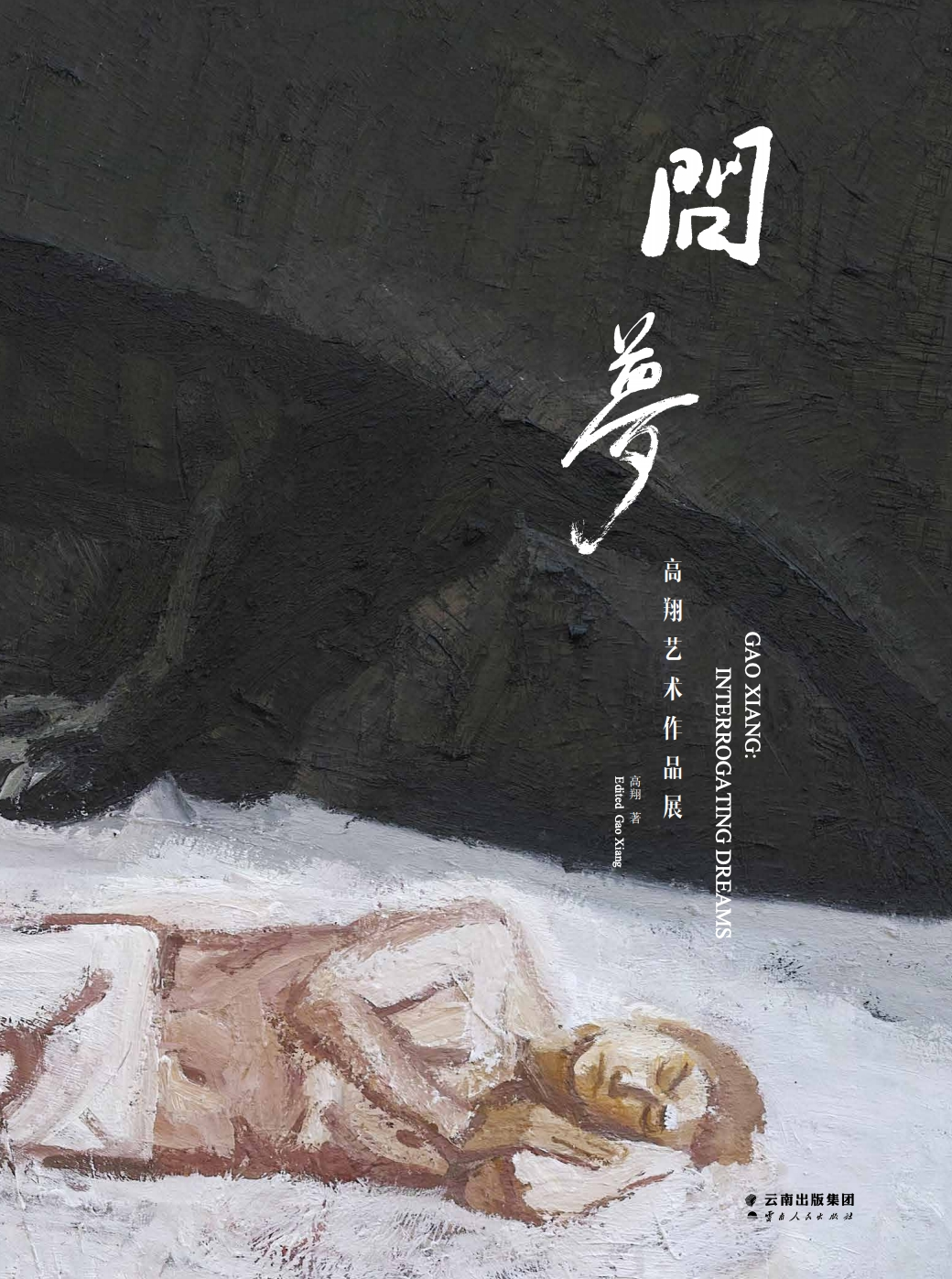Gao Xiang is a dual master of ink and oil painting with a focus on the place of tradition in contemporary society. His works have been collected and exhibited by major museums in China, Paris and Norway.
An interdisciplinary artist, Gao Xiang finds the harmony of contrasts, balancing between tradition and modernity, East and West, dreams and reality. His dream-like oil paintings, works on paper, and installations invite us to question, to look deeper.
While referencing Chinese history and mythology, he gives special significance to the figure of a horse. For Gao Xiang, the horse is a complex force that not only holds the mysteries of the universe and Chinese traditions but is a symbolic extension of his soul. The horse takes on a different meaning whether stacked as a pagoda of Tang Dynasty clay figures, pictured at full gallop, or bridging the earth and the stars. The power of the horse can be contained or unleashed, gentle or ferocious, like an internal dialogue with the soul.
Among Gao Xiang’s main series of works, the “Horse Pagoda” is an introspective exploration of the world within the context of Chinese history and mythology.
Gao Xiang’s acrylic and glass installations continue the theme of his paintings while referencing the classic Chinese landscaping concept of "borrowed scenery". The transparency of the glass allows the work to influence the background and the background to influence the perception of the work.
Born in 1971 in Kunming, the capital of Yunnan Province, Gao Xiang holds a Masters and Ph.D. from the China Central Academy of Fine Arts (CAFA) in Beijing. He is a Professor at the Yunnan Arts University and the Art Director at the Yuan Xiaocen Art Museum in Kunming.
Gao Xiang's art is collected and exhibited by museums across Asia and continental Europe. His works have been commissioned by the Grand Palais in Paris and for public spaces in Norway and France. His works have been shortlisted for the Royal Academy Summer Exhibition and his unforgettable installations have been erected along the Great Wall of China and in the Forbidden Palace in Beijing.
















